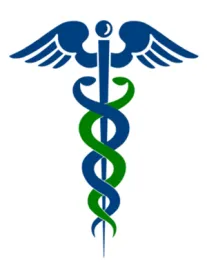Beginning February 1, the hospice cap self-reporting window (February through March) opens again.
Under regulations (42 C.F.R. § 418.308(c)), beginning last year, hospices are required to file reports in the February-March timeframe for the prior hospice cap year (e.g., for 2015, the period 11/1/2014 to 10/31/2015).
Last year, CMS contractors took varying approaches to help hospices with this reporting. Palmetto GBA sent its hospices letters with the necessary data. CGS posted a calculator, which is still available here. NGS provided a press release. This year, CMS and its contractors have been silent as the reporting period approaches.
We recommend that on February 1, 2015, hospices run cap allowance and PSRS reports for the prior year to use in these reports.
There has been suggestion that CMS will require providers to include the amount of sequestration (funds never paid to providers) in the self-report. Many hospices are currently appealing 2013 and 2014 cap demands to the extent that they include sequestered funds as revenue.
The problem with the self-reporting requirement remains that it simply comes too soon after the end of the hospice cap year (i.e., three months after) to give a reliable picture of a hospice’s cap liability. Because cap allowances continue to shift after year end based upon further services rendered to patients in the new year, hospices may see no liability in February-March, but ultimately face material liability. If a hospice sees “no liability” in this premature report, it could fail to recognize its peril.
Moreover, given the fact that CMS requires contractors to add back sequestration, the self-report will understate the CMS position on hospice revenue.
In recent months, CMS’ contractors have been busy sending out revised cap determinations for fiscal years 2012, 2013, and 2014. The contractors are increasing revenue by adding sequestered funds. Due to shifting allowances and sequestration, many hospices that did not face liability on the self-report are now seeing repayment demands. We believe that as many as 2/3 of hospices that face 2014 cap liability, for instance, faced no liability as of the early 2014 reporting period (i.e., February – March 2015).
These revised 2013 and 2014 demands should be appealed as, in our view, they unlawfully include funds never paid to the provider.
As a rule of thumb, for the pro-rated method, we advise clients who wish to anticipate cap position to reduce total allowances as of December 1 (one month after year end, after October bills are paid) by twenty percent to give a sense of where the prior year (11/1-10/31) may end up.
As another rule of thumb, if the excess cap allowances as of the self-report window are less than fifteen percent of revenue then the hospice is in peril of cap liability for such year.
The hospice cap remains a complicated and serious trap for the unwary, regardless of allowance method used. CMS has exacerbated this problem by including in revenue (and thereby often demanding repayment of) sequestered funds never paid to the hospice in the first place.



 />i
/>i